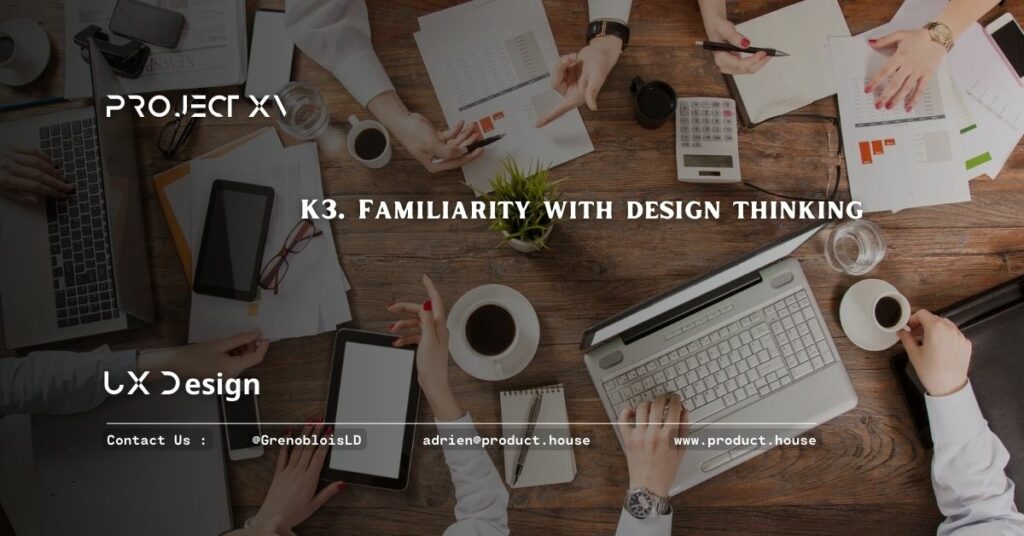K3. Familiarity with design thinking

Design thinking is a problem-solving methodology that emphasizes empathy, experimentation, and user-centered solutions. It has become a popular approach to design in recent years, and is used by many UX designers to create products that are more user-friendly and effective.
What is design thinking?
Design thinking is a creative problem-solving process that puts the user at the center of the design process. It involves five key stages:
- Empathize: Understand the needs and perspectives of the user.
- Define: Define the problem that needs to be solved.
- Ideate: Brainstorm potential solutions to the problem.
- Prototype: Create a mockup or prototype of the solution.
- Test: Test the prototype with users to see if it solves the problem and meets their needs.
Why is design thinking important for UX design?
Design thinking is important for UX design because it helps designers understand user needs and create solutions that meet those needs. By focusing on empathy and experimentation, designers can create products that are more user-friendly, effective, and innovative. Design thinking also encourages designers to be more creative and open-minded, which can lead to more innovative solutions and a better user experience.
How can designers incorporate design thinking into their process?
Designers can incorporate design thinking into their process by following the five stages outlined above. They can start by empathizing with users, conducting user research, and understanding their needs and perspectives. Then, they can define the problem that needs to be solved and brainstorm potential solutions. Next, they can create a mockup or prototype of the solution and test it with users to see if it meets their needs. Finally, they can refine the solution based on user feedback and repeat the process as needed.
Conclusion
Design thinking is a powerful problem-solving methodology that can help UX designers create more user-friendly, effective, and innovative products. By focusing on empathy, experimentation, and user-centered solutions, designers can create products that meet user needs and provide a satisfying user experience. Whether you’re just starting out or looking to improve your design process, it’s important to understand the principles of design thinking and how to incorporate them into your process.




